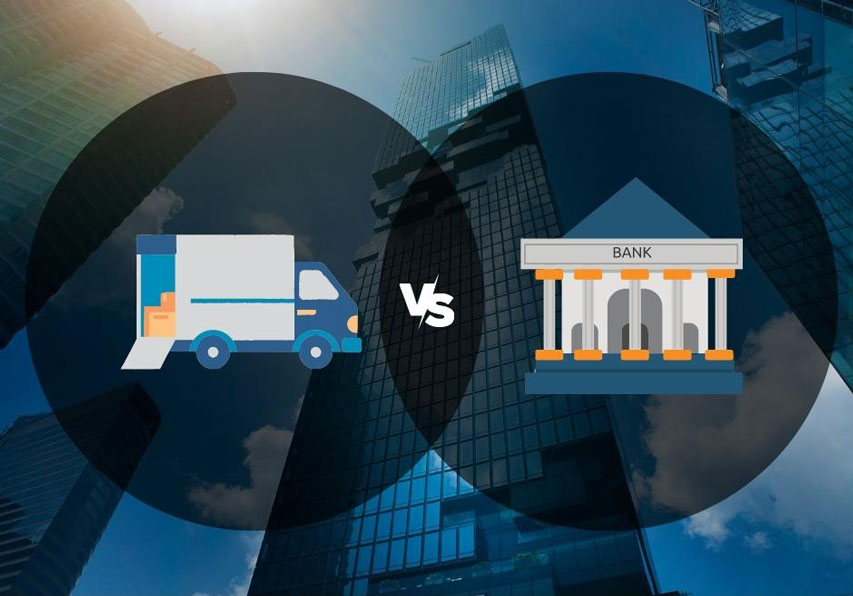How Asset-Based Lending Is Different from Traditional Loans
Securing funding for your business can involve a number of different avenues. Some business owners choose asset-based lending over a traditional loan for a variety of reasons, most commonly because the business does not yet have the proven track record required when attempting to secure traditional business funding.
Learning the differences between asset-based and traditional lending can help you decide which type you should pursue during the funding process of your small business.
According to data released by the Secured Finance Network, asset-based lenders proved resilient in the second quarter of 2022, despite the economic pain of climbing inflation and higher interest rates.
Asset-Based Lending Basics
Asset-based loans differ from traditional loans in several ways. The biggest difference is how the lender decides to take on the risk of lending funds. With a traditional loan, the business owner must provide proof of their ability to successfully pay back funds by demonstrating a history of success. An asset-based loan uses tangible assets as collateral, so the lender can recuperate funds by liquidating these assets in the case of a defaulted loan.
Asset-Based Loan Benefits
The major benefit of an asset-based loan over a traditional one is the ability to get approval for funding even when you don’t yet have a history of business success. This type of loan is also possible for business owners who don’t have the excellent credit history needed for some traditional loans. Businesses that are expanding quickly and need faster approval also turn to asset-based lending.
Asset-Based Loan Process
Although the process for an asset-based loan is typically much easier and shorter than a traditional loan, there is still a multi-step process involved. Business owners must decide which assets to use as collateral and how much funds they want to request. Typically, the owner must also indicate the intended use of the funds.
Related article: What Exactly Is A Non-Revolving Line of Credit?
Assets Commonly Used as Collateral
Different aspects of the business can be used as collateral for an asset-based loans, and the total amount of money that can be borrowed is based on a percentage of the total collateral worth. Physical property such as inventory, commercial equipment, machinery or real estate are all commonly used as collateral. These items can be appraised for total value. Another option for collateral is accounts that have not yet been paid by customers. The lender can take over the accounts receivable and be paid directly from the customers if necessary.
Businesses that need funding can try to take out a traditional small business loan if the business meets the criteria and has the time to wait for approval. Alternatively, some business owners choose to shorten and streamline the fund securing process by using business collateral to secure an asset-based loan. Talk with our loan specialists at Casey Funding today and find our what type of loan is best for you.


